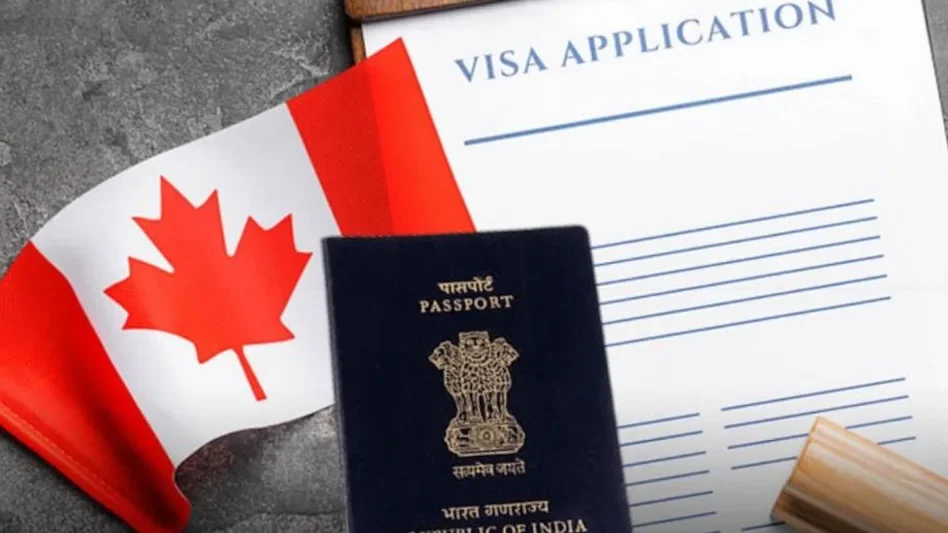International student applications to US colleges have seen a notable decrease, continuing a trend influenced by recent government policies aiming to restrict foreign enrollment. Data from the Common App, the largest college application system in the United States, reveals a 9% drop in international applications submitted by November 1 compared to the previous year.
India, which provides the largest number of international students to American institutions, led the decline with a 14% decrease in applications. This marks the first time India’s numbers have fallen since 2020. Other regions like Africa and Asia also experienced significant drops, with declines of 18% and 9%, respectively.
China, the second biggest source of international students in the US, registered a slight 1% decrease, reversing a surge seen the year before. Among the top ten countries sending students, only Vietnam and Uzbekistan showed an increase.
The decline follows intensified efforts from the US government to limit foreign student admissions. Measures include revoking thousands of student visas, increased screening like visa interview restrictions, and federal investigations targeting universities with large international populations for compliance issues.
In the wake of these pressures, institutions like Cornell and Columbia Universities have entered into agreements with the government. These involve commitments to reduce reliance on international student tuition and enhance cooperation with immigration authorities in monitoring visa compliance.
Interestingly, the report also shows an 11% rise in students submitting standardized test scores, likely due to renewed federal encouragement for colleges to reinstate such requirements, which had loosened during the pandemic.
While the data captures early application trends, the overall admissions cycle continues into the spring, so numbers may shift further as decisions and submissions unfold.










